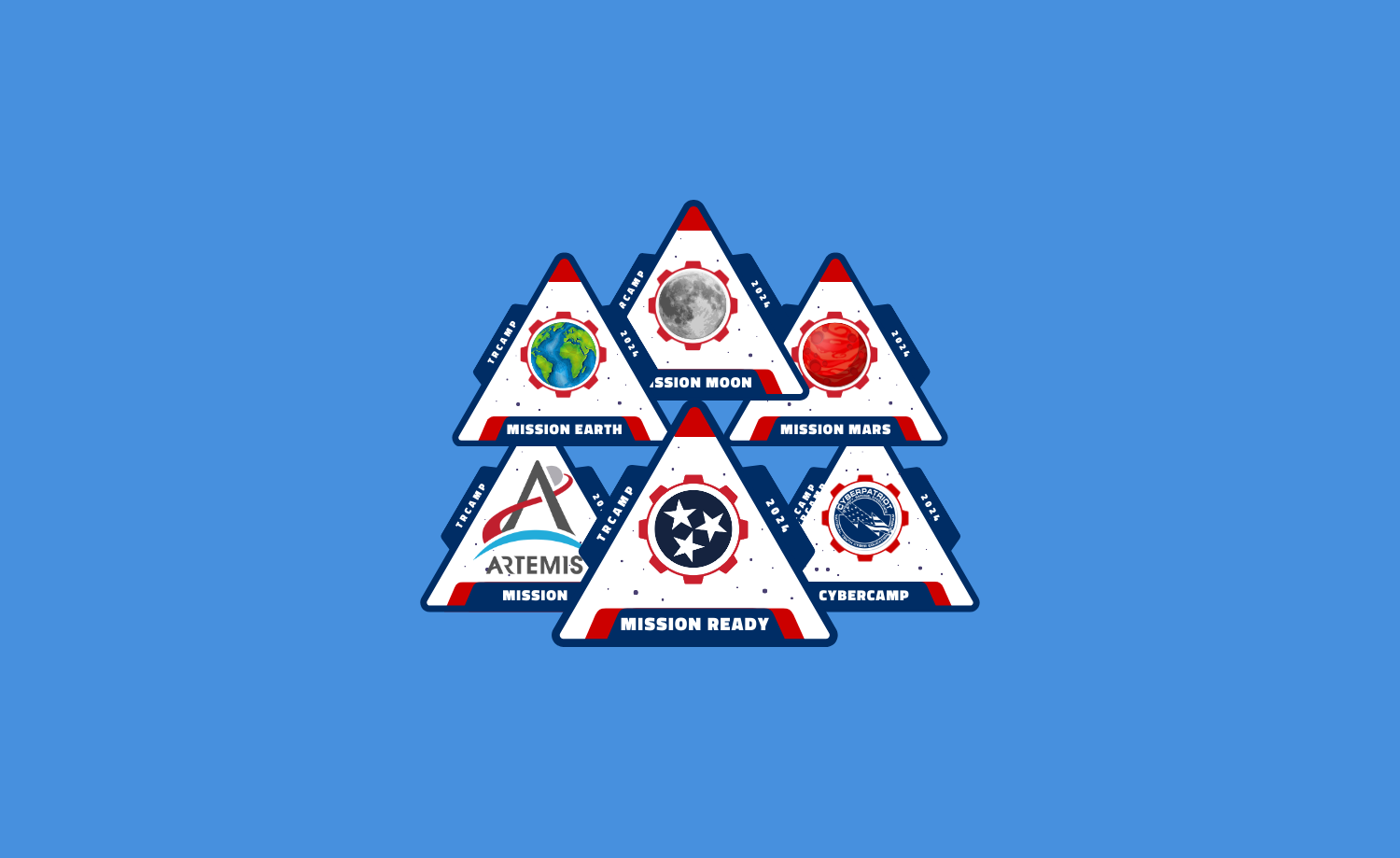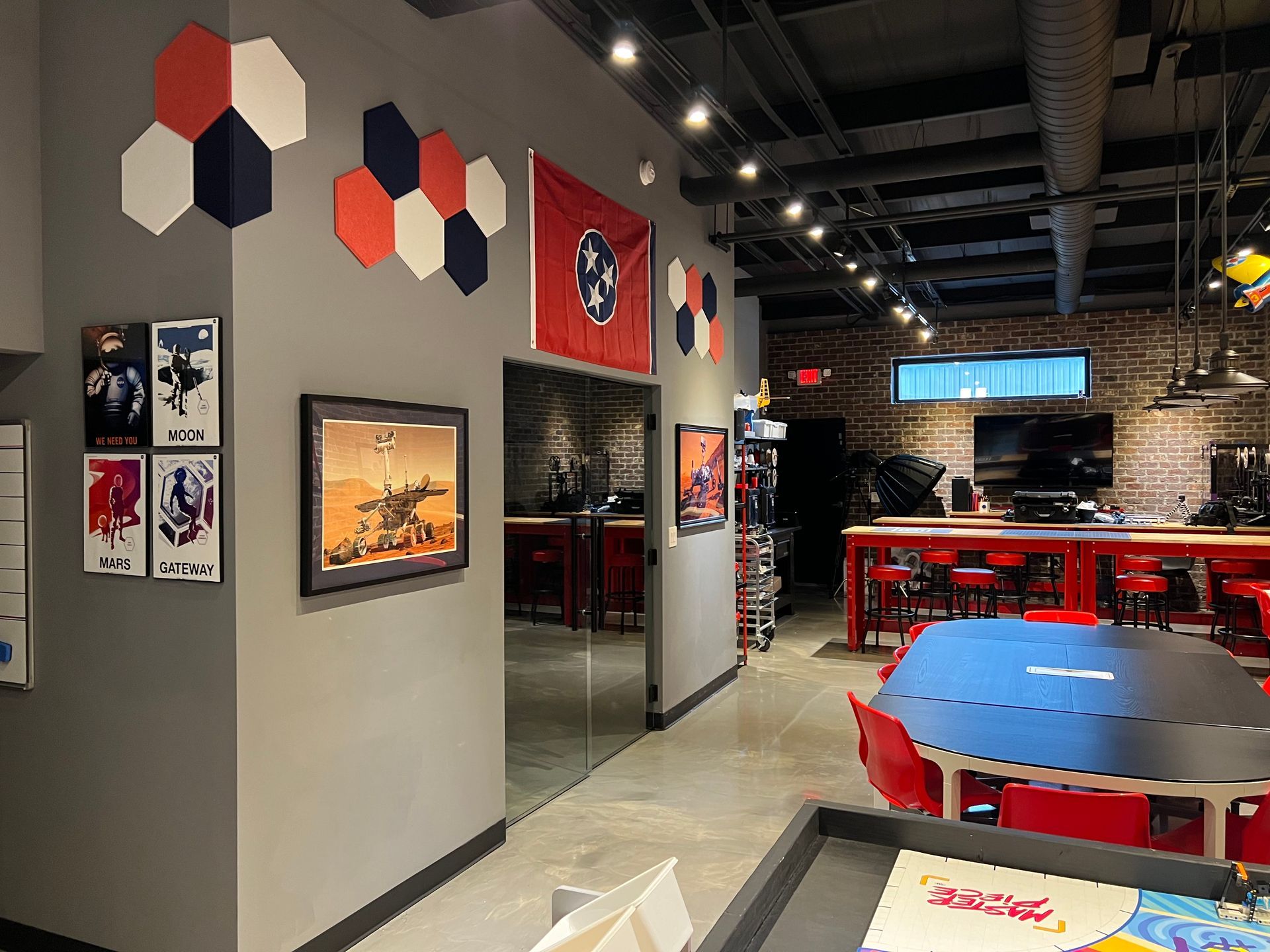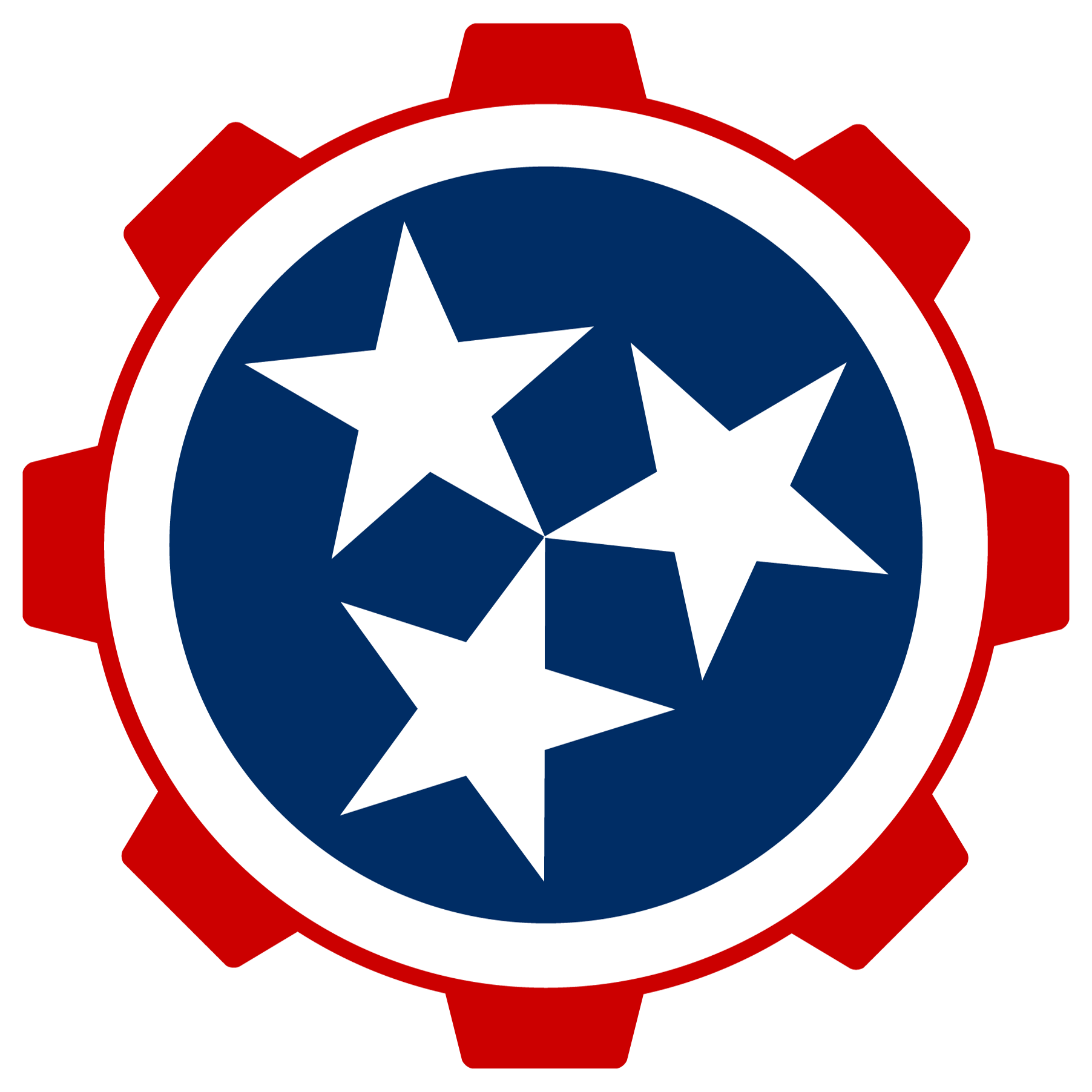
A Vector has both a direction as well as a magnitude, especially in determining the position of one point in space relative to another.
TRC vectors
Welcome to the show!
A vector possesses both direction and magnitude, particularly when it comes to understanding the position of one point in relation to another in space. I selected this name because I believe that, as parents and educators, we have the utmost responsibility to guide our children in aligning their lives with a higher calling and living a purpose-driven life fulfilling God's calling.
TRC Vectors is our new podcast launching in the fall of 2025 to inspire students in their pursuit of God's extraordinary calling. We aim to equip students with tools, conversations and inspiration to embark on a path of remarkable achievements, as they delve into the realms of Technology, Robotics and Computer Science. We envision these students as the Pathfinders who will shape the future of technology in the 21st century.
Together we RISE.
Stay up to date with TRClass schedules, TRCamps, TRCompetition schedules, and TRCommunity Homeschool events.








